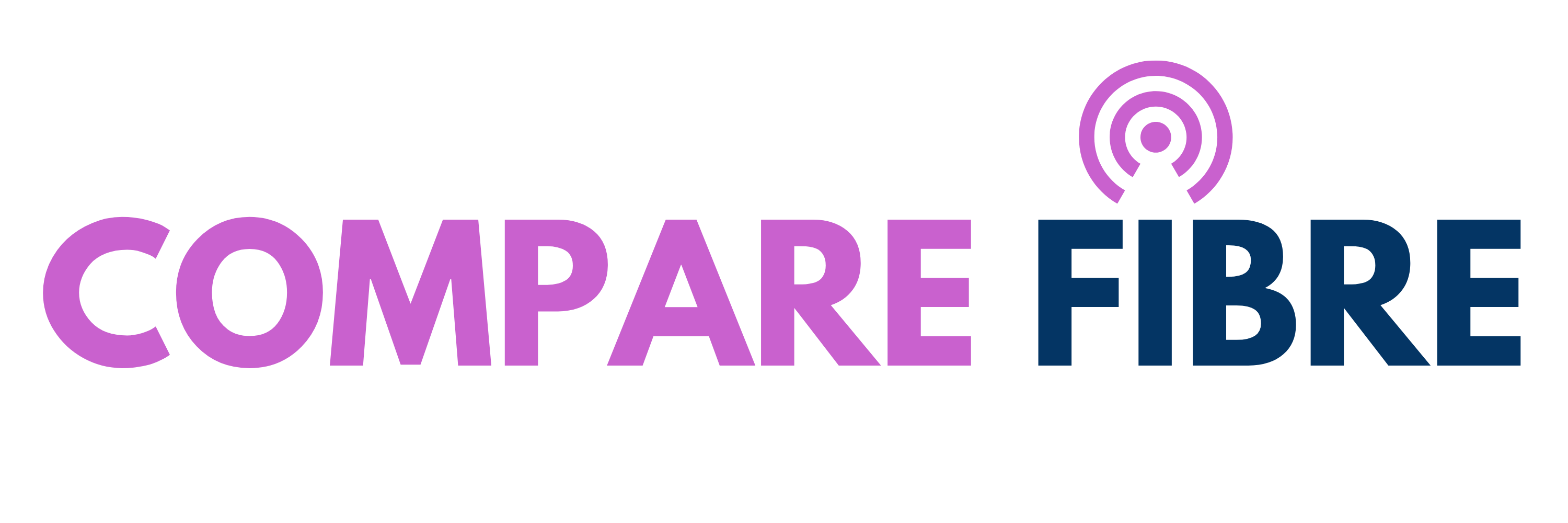How to set up your broadband (full guide)
As the broadband packages on offer grow, so too do the problems that customers can face when setting up their broadband.
From Wi-Fi routers to wireless computers, if you don’t know how to properly set your broadband up, it can be easy to get your wires crossed.
Here we’ve compiled an all-encompassing “how-to” guide to ensure your internet surfing is plain sailing.
What equipment do you need?
Once you have successfully switched broadband, you’ll need the right equipment to get the connection live. No broadband can be set up without a router. Much in the same way a sports car is designed to go faster than a hatchback – despite them both being cars – not all routers run at the same speed, and finding the best routers on the market can help your broadband run more swiftly.
So, what makes a router good? One thing to consider is the RAM. The more RAM you have, the more smoothly your internet should run. Your router should have at the very least 128MB of RAM, and should ideally have 256MB or higher.
Another factor is making sure your router supports the internet speed you’re paying for. There is no point paying for high-speed internet if you’re router cannot actually run high-speed internet.
Routers are only getting better with each new model that comes on the market, and as such, it is recommended that you upgrade your router at least every five years.
Upgrading routers means upgraded coverage. This means doing away with those areas in your home that struggle to even paddle the internet, let alone surf it. New routers produce stronger signals, meaning faster broadband wherever you are.
But even the best routers can run into problems. Most issues with routers are speed-related.
If you’re experiencing slow broadband in certain parts of your home, it may be that your router needs to be placed more centrally. Placing it in the corner of the room can limit coverage.
If you’re experiencing slow broadband throughout your home, it may be worth running an internet speed test, to make sure everything is in working order, as it may be time to invest in an upgraded router.

Setting up broadband for different uses
Configuring a router for the first time can be tricky if you’ve never set up broadband before. As mentioned above, the first thing to do after moving house is to find a suitable place to set up your router – ideally in a central location.
Next, you’ll need to hook your router up to a power source and then connect it to the internet. Once you’ve set up your password and network name, you can then start connecting your devices to the router.
Any gadgets that need to be directly connected to the router, such as a TV, can be plugged in with an ethernet cable. All other devices with Wi-Fi can be set up wirelessly using the broadband password.
The whole process should take around 20 minutes give or take, depending on how quickly your router connects to the internet.
It sounds straightforward enough, and it certainly can be, but there are some common issues people run into when setting up their broadband.
One common issue is not turning on the wireless transmission on devices such as phones and laptops. Without wireless transmission, your devices won’t be able to connect to Wi-Fi.
Another common mistake with setting up broadband is to use the default password that comes with the router. Setting up a strong password is an important step for keeping you secure.
Similar things apply if you’re one of the many people who now does remote working. To make sure your broadband runs smoothly while working remotely, make sure you minimise the number of devices that are connected to your broadband.
Setting up broadband in a new location
So, you’ve finally got your upgraded router set up, you’ve got your wireless transmitter on, and are working remotely. But what happens if you move home?
The best bet is to contact your internet service provider and see if they’re able to transfer your broadband to your new property.
It usually takes about two weeks to set up broadband, so if you want to make sure you can be seamlessly surfing when you get to your new home, you’re best off contacting your provider two weeks before you move, to ensure they can get your broadband set up in time.
It’s likely there will already be a broadband line installed in your new home from the previous occupants. If this is the case, hooking up broadband could be as simple is plugging a new router in.
How set up varies with different providers
The provider you choose will depend on where you live and what providers offer the best broadband in your area. One thing to bear in mind is the differences between various providers in setting up broadband.
For example, BT broadband can take two weeks to set up if you don’t have a landline but can take less time if you have already a landline. Sky, on the other hand, can take up to three weeks if you don’t have a landline in place, and two weeks if you do.
The costs of installing a landline can vary greatly as well, with BT charging around £140, and Sky charging £20 for a connection if you don’t have a landline.
When setting up your broadband it’s important to consider what your needs are and how your provider fits those requirements. The rest is down to you.
